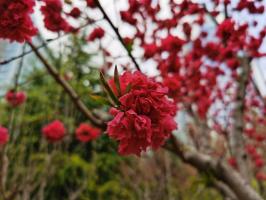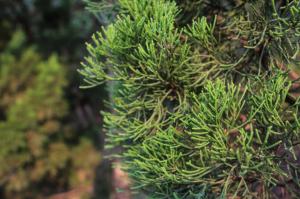Introduction
Tomato plants are widely grown for their succulent and juicy fruits all over the world. They are a popular vegetable that is enjoyed in a variety of ways by many households. However, the yellowing of tomato plant leaves is a very common and frustrating problem faced by many gardeners. In this article, we will discuss the causes of yellowing tomato plant leaves and how to prevent and treat it.
Environmental factors
One of the most common causes of yellowing tomato plant leaves is environmental factors. Extreme temperatures, irregular watering, improper soil pH, too much or too little light, and poor air circulation are just some examples of environmental conditions that can cause yellowing. Inadequate fertilization or the application of the wrong type of fertilizer, particularly nitrogen, can also be a factor.
Diseases and pests
Tomato plants are also susceptible to diseases and pests that can cause yellowing of the leaves. Bacterial and fungal infections, such as verticillium or fusarium wilt, can cause yellowing and wilting. Insects such as spider mites or whiteflies can also cause damage to the leaves, resulting in them turning yellow.
Nutrient deficiencies
Tomato plants require a balance of nutrients to grow and produce fruit. A deficiency in any of the essential nutrients can cause yellowing of the leaves. Nitrogen deficiencies often cause the bottom leaves of the plant to turn yellow, while phosphorus deficiencies can cause purplish leaves. Potassium deficiencies generally cause yellowing on the older leaves of the plant.
Solution and Prevention
Preventing and treating yellowing tomato plant leaves involves a holistic approach that takes into account all possible causes. Providing adequate water and nutrients, ensuring proper soil pH, and controlling pests and diseases are the most important things you can do to prevent subsequent yellowing. The use of appropriate fertilizers and the application of organic matter can also help improve the nutrient content of the soil.
Early detection and timely treatment of diseases and pests can prevent further damage and restore the plant to health. Regular pruning and proper spacing between plants can improve air circulation, which will help prevent the spread of diseases and minimize insect damage. Using certified disease-resistant varieties of tomato plants can also reduce the incidence of yellowing due to diseases and pests.
Conclusion
In summary, yellowing tomato plant leaves can be caused by several factors, including environmental conditions, diseases and pests, and nutrient deficiencies. With proper care and attention, it is possible to prevent or minimize the incidence of yellowing and keep your tomato plants healthy and productive.

 how many times do yo...
how many times do yo... how many planted tre...
how many planted tre... how many pine trees ...
how many pine trees ... how many pecan trees...
how many pecan trees... how many plants comp...
how many plants comp... how many plants can ...
how many plants can ... how many plants and ...
how many plants and ... how many pepper plan...
how many pepper plan...





























